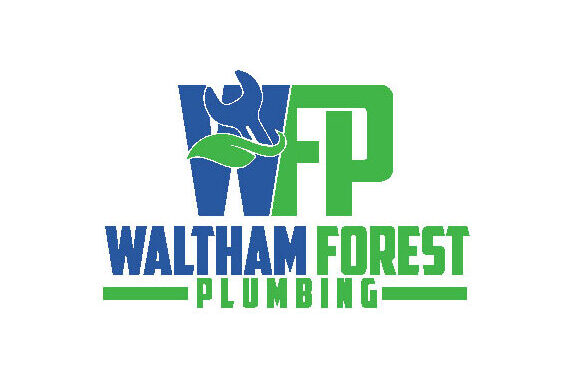Showers
Over time showers develop different type of faults, which are mostly due to “water hardness”. The limescale build up is reducing the lifespan of the functional parts , causing them to seize or to become very hard to operate and potentially leak. Very common problem among all different models and type of showers is with the “thermostatic shower cartridge”. If whilst showering you notice that the temperature is fluctuating between hot and cold or it is just cold or scalding hot, regardless of the position of the temperature control, then most probably the issue is with the ”thermostatic cartridge” of your shower. The other very common problem is with the shower “on/off cartridge” not fully closing. You would normally notice that even that you have turned your shower off it keeps dripping continuously.
Shower bars/Exposed showers :
When it comes to shower bars and factoring the cost of replacement parts, the ideal cost effective long term solution would be to replace the shower bar itself. The average cost of a shower bar depending on the brand of course is between 80£-150£. The thermostatic cartridge and on/off cartridge could cost anything between 30£-60£ each or higher.
Concealed showers :
With built-in showers the most cost effective and least evasive way to reinstate normal operation, would be to replace the individual cartridges depending on the symptoms mentioned in the description above. With this type of showers it is very important to know the brand name of the unit you have installed in your property, in order to be able to source the correct replacement parts. Over time shower cartridges could become obsolete as manufacturers would stop producing them(usually when they upgrade an existing product or simply if a certain product has a design flaw).If there is no brand name on the shower finding a replacement cartridge could be very challenging, in which case you might consider replacing your shower valve. To do so, some of the tiles have to be removed in order to access the valve and the plumbing connections in order to carry out the replacement effectively.
Note: Upon carrying out concealed shower valve replacement, some tiling repair work would be required. As regardless of how careful you are sometimes tiles can chip or crack. Which is normally governed by the type, size of the tiles you have in place and the amount of adhesive behind them.
Electric showers :
If an electric shower is out of warranty and is faulty or it has seized operation completely, you are much better of replacing the whole unit. It is usually the most cost effective solution to your problem, plus you get the assurance of a new 2 year warranty. Otherwise if you have a component replaced on the old unit you wouldn’t really know when something else would go wrong with it.
Shower leaks:
Most leaks from showers are due to loose silicone seals, cracks in grout between the tiles/loose tiles.
Prior to testing the tiles or seals i would always test the shower waste and pipework at first for 10-15 minutes and visually inspect the affected area, which would usually be the ceiling on the floor below the shower. If there is no sign of any leaks i would proceed with testing the tiles and the silicone seals.
If the problem is with the seals then the existing sealant needs to be cleaned and new good quality bathroom mould resistant silicone needs to be applied(24hrs to be allowed for the silicone to cure).
If the issue is with the tiles being loose, then most likely the moisture resistant plasterboard behind them has been affected from the water ingress and it has caused them to become loose as it’s structural integrity has been compromised. In that case you would need to have the tiles stripped and the board at the back replaced as far as necessary. For this type of work you would need a bathroom fitter. I do not fit bathrooms or shower rooms. My focus is mainly on plumbing maintenance and repair work.
Shower pumps:
If a shower pump is faulty or it has stopped working usually it has to be replaced. Assuming that it has been fitted as per manufacturers instructions and it’s the appropriate pump for the intended use.
